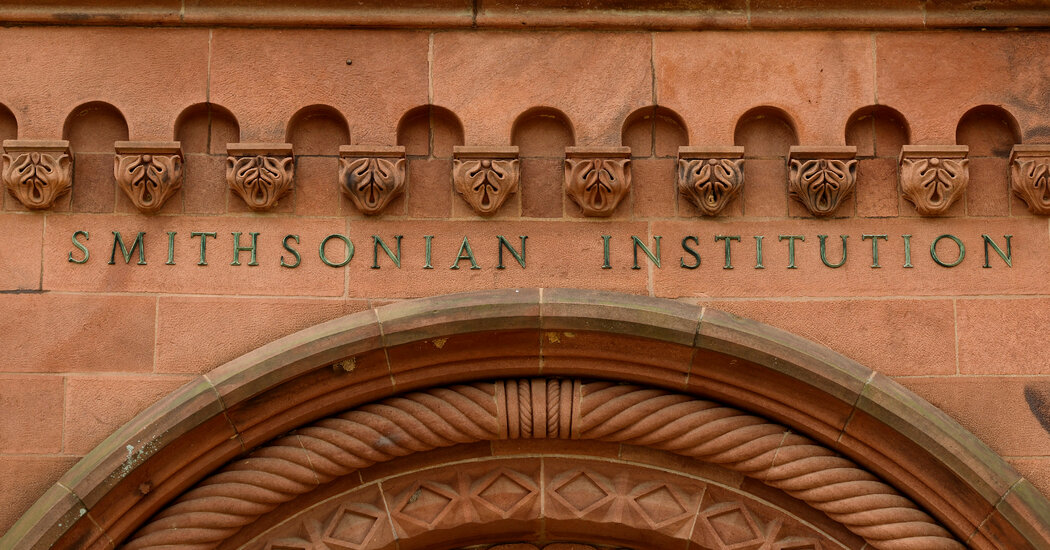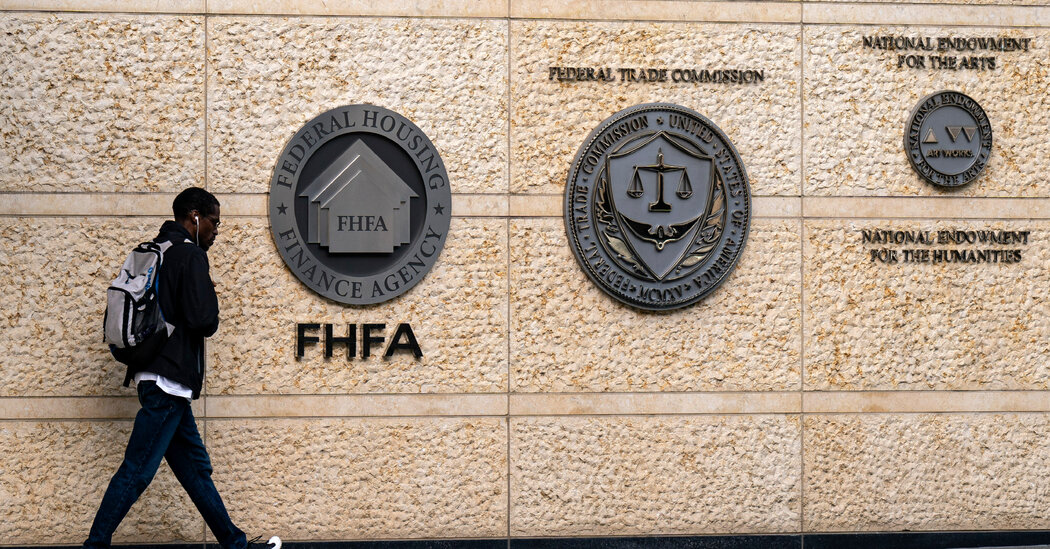President Trump’s Executive Order on the Smithsonian Institution
Recently, President Trump issued an executive order that critiques the Smithsonian Institution for endorsing what he describes as a “divisive, race-centered ideology.” The order calls for a restoration of the Smithsonian to “its rightful place as a symbol of inspiration and American greatness.” Below are key details about this important cultural institution and the implications of the president’s order.
What is the Smithsonian Institution?
The Smithsonian Institution was founded in 1846, following the bequest from James Smithson, a British scientist, who left his fortune for the creation of “an establishment for the increase and diffusion of knowledge” in Washington, D.C. Today, the Smithsonian is a vast network that encompasses 21 museums, libraries, research centers, and the National Zoo, many of which are located on the iconic National Mall in Washington.
The museums range from large, popular attractions like the National Museum of Natural History and the National Air and Space Museum to smaller, specialized institutions such as the Anacostia Community Museum, which focuses on the African American experience in the D.C. area. Remarkably, all Smithsonian museum sites, with the exception of the Cooper Hewitt, Smithsonian Design Museum in New York City, offer free admission to the public. Last year, these cultural treasures collectively welcomed nearly 17 million visitors, making them vital components of America’s cultural landscape.
What has President Trump said about the Smithsonian?
In the executive order, President Trump asserts that the Smithsonian has increasingly fallen under the sway of a “divisive, race-centered ideology.” He contends that the institution promotes narratives that depict American and Western values as fundamentally harmful and oppressive. This characterization raises questions about the role of museums as stewards of history and culture and how they engage with contemporary societal issues.




